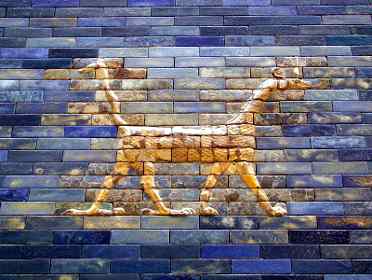Emergence of the First Civilizations

Emergence of the first civilizations marks the end of prehistory and the beginning of history as well as an era which directly shaped the world we live in today. Many of the early civilizations collapsed and disappeared from history after they achieved their zenith, while the others transformed through time and in a way formed the foundation of modern societies.
The first known civilizations emerged on the shores of the Euphrates and Tigris rivers in the Middle East, and the Nile River in Egypt in the 4th millennium BC. The discovery of Göbekli Tepe, enormous monolithic structures in southeastern Turkey, however, challenges this view and reveals how little we actually know about the early civilizations. The site which is at the moment of writing still undergoing archaeological excavation is nearly 7,000 years older than Mesopotamia, hailed as the Cradle of Civilization.
The rise of Mesopotamia and Ancient Egypt is believed to be based on successful exploitation of nature, in the first place on irrigation which enabled crop production during the drought season and transformed the desert into a fertile soil. Introduction of efficient agricultural techniques did not only result in agricultural surpluses leading to distinct settlement patterns but it also required a centralized organization and division of labor. They are believed to have been crucial for development of a more complex society and the distinct ancient hierarchical social structure.
Emergence of the earliest known civilizations which next to Mesopotamia and Ancient Egypt also include the Indus Valley Civilization, Ancient China, Minoan Civilization and Mesoamerican civilizations was marked by previously mentioned agricultural progress and social stratification and by the development of writing systems, organized religion, highly developed art forms and monumental architecture as well as a tremendous progress of science and technology.
Geographical distribution of the first known civilizations suggests that they developed independently from one another. The patterns of development and archaeological evidence, however, clearly reveal that this was not the case. All other except for the Mesoamerican civilizations had contacts with Mesopotamia although the extent of these contacts is not fully understood.
Striking similarities in the patterns of development of all early civilizations including those in Mesoamerica have led suggestions of a central civilization as a source of all other civilizations. This hypothesis was rejected by the majority of historians due to lack of evidence and the fact that there were major disparities between early civilizations as well in both the pattern of development and technological achievements. The Mesoamerican civilizations, for instance, seem to have failed to discover the utility of the wheel.
The transition from prehistory to history leaves many questions unanswered, while the recent discoveries such as Göbekli Tepe have radically changed our understanding of the development of the earliest civilizations. They imply that the first civilizations could have emerged at much earlier periods than previously thought, however, they raise more questions than they answer.




